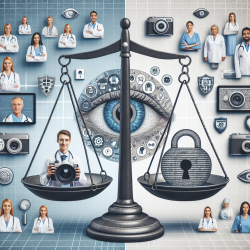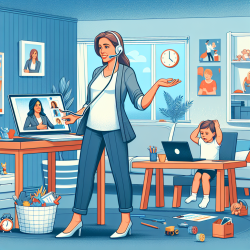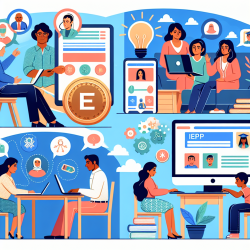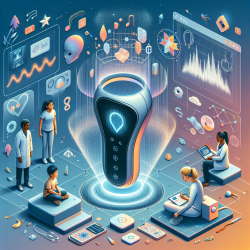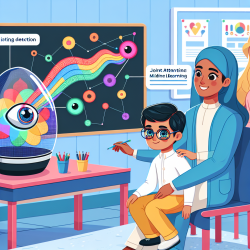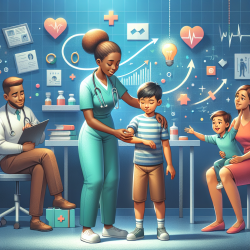The integration of smartphones into healthcare practices has revolutionized the way clinical photographs are captured and shared. With high-speed data connections and high-quality digital cameras, healthcare providers can now collaborate more efficiently to enhance patient care. However, this technological advancement raises significant concerns about patient privacy and the protection of health information.
The Importance of Deidentification
The Health Insurance Portability and Accountability Act (HIPAA) sets strict guidelines for handling protected health information (PHI). One crucial aspect of these guidelines is the concept of "deidentification," which allows healthcare providers to use clinical photographs without violating privacy laws. According to the research article "Patients, Pictures, and Privacy: Managing Clinical Photographs in the Smartphone Era," deidentification involves removing identifiable elements from photographs to ensure they cannot be traced back to an individual.
The article outlines two methods for deidentification:
- Expert Determination Method: An expert in statistics analyzes and encrypts data to prevent individual recognition.
- Safe Harbor Method: This involves removing 18 specific identifiers from records or photographs, including full-face images and any comparable identifiers.
Practical Tips for Practitioners
To effectively implement these deidentification methods in your practice, consider the following tips:
- Avoid Full-Face Photos: Ensure that all full-face photographs are removed or altered to prevent identification.
- Remove Metadata: Use applications to strip Exchangeable Image File Format (EXIF) data from images, which may contain identifying information such as date, time, and location.
- Disable Geotagging: Turn off GPS features on smartphones to prevent location data from being embedded in photographs.
Navigating Legal Compliance
The article emphasizes the importance of understanding HIPAA regulations when using smartphones for clinical photography. Standard text messaging services do not meet HIPAA requirements due to a lack of encryption. Instead, practitioners should use secure platforms that comply with HIPAA standards for transmitting identifiable PHI.
The Joint Commission and the Centers for Medicare and Medicaid Services recommend policies prohibiting the use of personal devices for texting identifiable information unless secure platforms are used. Electronic Medical Record (EMR) systems provide a compliant alternative for storing and sharing identifiable PHI securely.
The Role of Informed Consent
The research highlights the need for informed consent when using identifiable clinical photographs. Written consent is required for treatment-related uses, while separate authorization is necessary for other purposes such as education or research. Deidentified photographs are exempt from these requirements under HIPAA regulations.
A Call to Action
This research underscores the critical balance between leveraging modern technology and safeguarding patient privacy. Healthcare practitioners are encouraged to stay informed about evolving privacy laws and adopt best practices for handling clinical photographs responsibly.
Patients, pictures, and privacy: managing clinical photographs in the smartphone era
